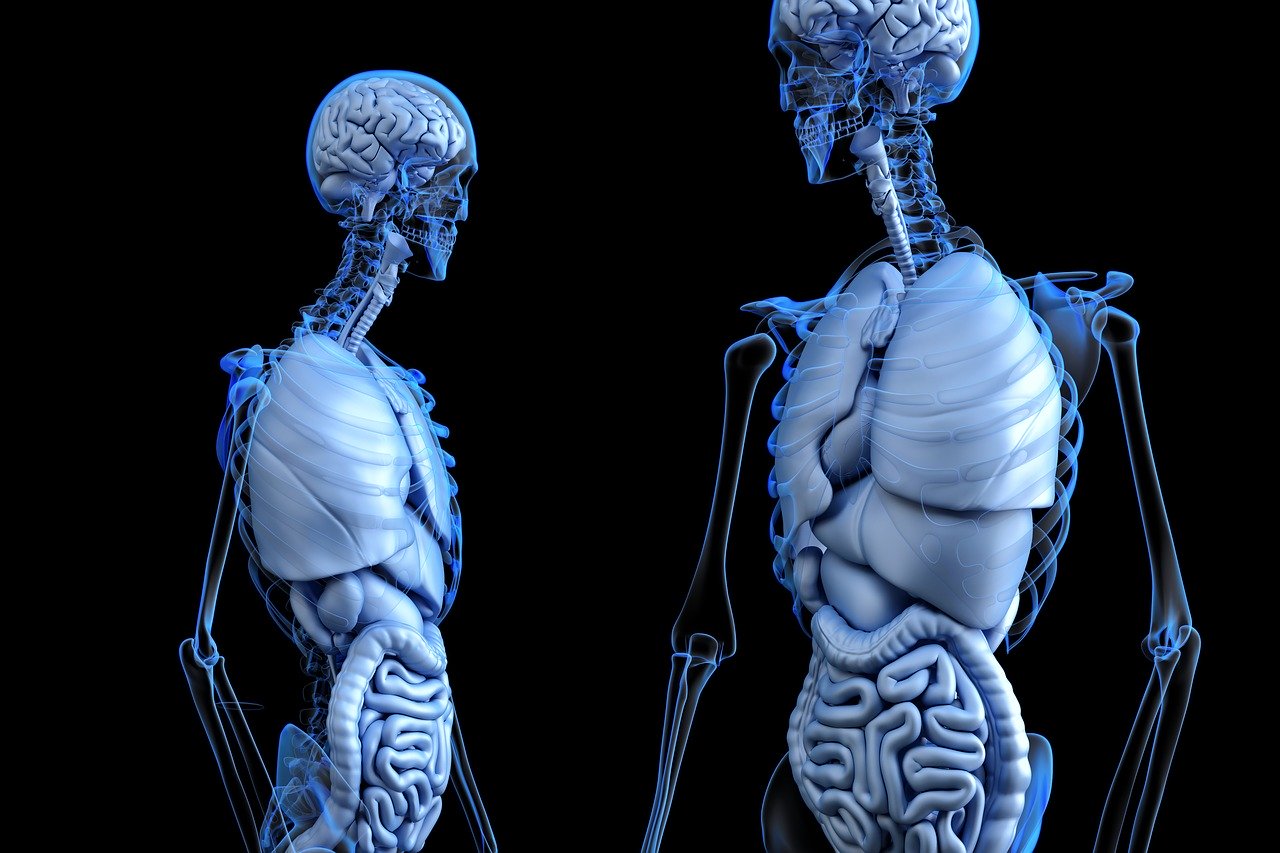The fields of health care and medicine move very fast. From the outside, it might seem as if things are largely staying static but if you dig beneath the surface a little, you will discover that these industries are constantly innovating and advancing their knowledge.
There are a number of innovations that are important to both of these fields, but there are some that stand out from the rest. These are the innovations that are already changing the fields of medicine and health care and will play a key role in their future.
Telemedicine
Access to healthcare is difficult for some people. We know that when people have difficulty accessing healthcare, they are much more likely to suffer from poor health outcomes. Conversely, when we make it easy for people to access healthcare, they are much more likely to do so.
Remember, healthcare isn’t just about treating people, it is also about preventing people from getting sick to begin with. If we can prevent people from getting sick, then we don’t have to incur the costs of their illness. Even if someone pays for their own healthcare, there are a number of costs associated with being sick.
Fortunately, patients today have the option of seeing an online doctor and having a remote consultation. Not only does this remove the physical barriers that sometimes prevent people from seeing a doctor but it also enables single parents and other people who are always rushed off their feet to find the time to see a doctor. Anything that makes people more likely to get their health checked out by a professional is worth pursuing. Telemedicine is still in its infancy, but it is certainly going to be a cornerstone of the future of medicine.
Machine Learning
Data is playing a crucial role in driving the evolution of a variety of different fields and industries, the medical and health care fields included. Machine learning algorithms have a multifaceted role to play in the development of these fields. Just as regular data analytics without machine learning is a versatile tool that can be used to accomplish a variety of different goals, machine learning is a method of developing algorithms that can be deployed in a wide range of circumstances.
With respect to the fields of health care and medicine, the primary focus so far has been on the potential diagnostic applications of machine learning. Already, researchers have developed machine learning algorithms that are able to diagnose a number of issues and make other deductions about people from a simple digital image. In some cases, the algorithms are matching and even outperforming human doctors.
However, while diagnostics gets the most press, there are numerous applications for machine learning in the fields of medicine. Another key application of machine learning can be found in drug design. Research and development costs can be enormous when pharmaceutical giants are searching for new drugs. One of the most immediate problems is where researchers should begin – what kind of molecule should they start with?
Machine learning can help researchers to identify potential candidates without having to do any chemistry. A combination of machine learning and advanced computer simulations enable us to see how people are likely to react to a drug without having to actually give it to them. It isn’t a perfect science, but machine learning has been instrumental in its evolution and it is improving all the time.
Wearable Devices
Wearable electronics have been hovering on the horizon for a couple of decades now but it is only recently that they have started to really come into their own. Perhaps the most obvious and familiar wearable device is the fitness tracker. These modern devices evolved from the humble pedometer. However, unlike the pedometer, fitness trackers themselves have been enough to convince some people to take up walking or running as a form of regular exercise.
Getting more people exercising is excellent news from a public health perspective, but this is the most basic form of wearable electronics; there are plenty more that offer much more advanced capabilities. For example, a few years ago, a prototype smart bra was unveiled that was able to detect breast cancer. The bra had sensors embedded in it and used ultrasonic waves to build an acoustic map of the wearer’s breast. If a tumor was present, there would be an area that was denser than the rest.
These are just some of the key innovations that have driven the evolution of the fields of medicine and health care in recent years. Technology is a diverse field. Every decade we witness the birth of technologies that didn’t exist before, so who knows what the future holds?
Wherever the future takes health care and medicine, we are confident that the innovations we have outlined above are going to be a core component.







